Region East MidlandsYorkshire and the HumberNorth LincolnshireNorth East Lincolnshire | ||
Destinations Points of interest | ||
Lincolnshire ( or abbreviated Lincs) is a historical county in the east of England. It borders Norfolk to the south east, Cambridgeshire to the south, Rutland to the south west, Leicestershire and Nottinghamshire to the west, South Yorkshire to the northwest, and the East Riding of Yorkshire to the north. It also borders Northamptonshire in the south for just 20 yards (18 m), Englands shortest county boundary. The county town is Lincoln, where the county council has its headquarters.
Contents
- Map of Lincolnshire
- Visit lincolnshire 2011
- Burley house stamford lincolnshire jennings644
- History
- Economy
- Coastal tourism
- Culture
- Food
- Christmas day food hampers lincolnshire kitchen
- Lincolnshire food festival 2013 the countdown begins
- Production manager job opportunity food industry lincolnshire ref dac10196
- References
Map of Lincolnshire
The ceremonial county of Lincolnshire is composed of the non-metropolitan county of Lincolnshire and the area covered by the unitary authorities of North Lincolnshire and North East Lincolnshire. Therefore, part of the Ceremonial county is in the Yorkshire and the Humber Region of England, and part is in the East Midlands region. The county is the second-largest of the English ceremonial counties and one that is predominantly agricultural in land use. The county is fifth-largest of the two-tier counties, as the unitary authorities of North Lincolnshire and North East Lincolnshire are not included. The county can be broken down into a number of geographical sub-regions including: the Lincolnshire Fens (south-east Lincolnshire), the Carrs (similar to the Fens but in north Lincolnshire), the rolling chalk hills of the Lincolnshire Wolds, the industrial Humber Estuary and North Sea coast around Grimsby and Scunthorpe, and in the south-west of the county, the Kesteven Uplands, comprising limestone hills in the district of South Kesteven.
Visit lincolnshire 2011
Burley house stamford lincolnshire jennings644
History
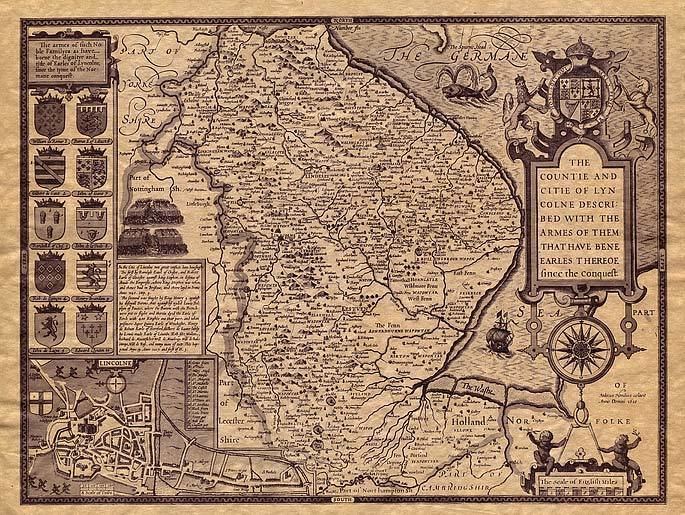
Lincolnshire derived from the merging of the territory of the ancient Kingdom of Lindsey with that controlled by the Danelaw borough of Stamford. For some time the entire county was called "Lindsey", and it is recorded as such in the 11th-century Domesday Book. Later, the name Lindsey was applied to the northern core, around Lincoln, and this emerged as one of the three Parts of Lincolnshire, along with the Parts of Holland in the south-east and the Parts of Kesteven in the south-west, which each had separate Quarter Sessions as their county administrations.
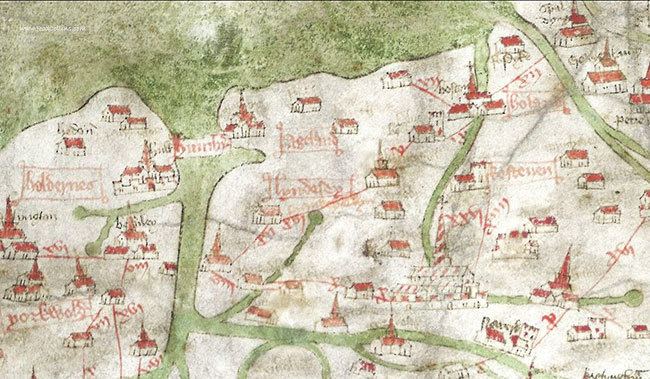
In 1888 when county councils were set up, Lindsey, Holland and Kesteven each received separate ones. These survived until 1974, when Holland, Kesteven, and most of Lindsey were unified into Lincolnshire. The northern part of Lindsey, including Scunthorpe Municipal Borough and Grimsby County Borough, was incorporated into the newly formed non-metropolitan county of Humberside, along with most of the East Riding of Yorkshire.
A local government reform in 1996 abolished Humberside, and the land south of the Humber was allocated to the unitary authorities of North Lincolnshire and North East Lincolnshire. These two areas became part of Lincolnshire for ceremonial purposes such as the Lord-Lieutenancy, but are not covered by the Lincolnshire police and are in the Yorkshire and the Humber region.
The remaining Districts of Lincolnshire are Boston, East Lindsey, Lincoln, North Kesteven, South Holland, South Kesteven, and West Lindsey. They are part of the East Midlands region.
The area was shaken by the 27 February 2008 Lincolnshire earthquake, reaching between 4.7 and 5.3 on the Richter scale; it was one of the largest earthquakes to affect Britain in recent years.
Lincolnshire is home to Woolsthorpe Manor, birthplace and home of Sir Isaac Newton. Kings Grantham, located in Grantham, was the school he attended. Its library has preserved his signature, applied to a window sill when he was a teenager.
Economy
This is a chart of trend of regional gross value added of Lincolnshire at current basic prices published (pp. 240–253) by Office for National Statistics with figures in millions of British Pounds Sterling.
Coastal tourism
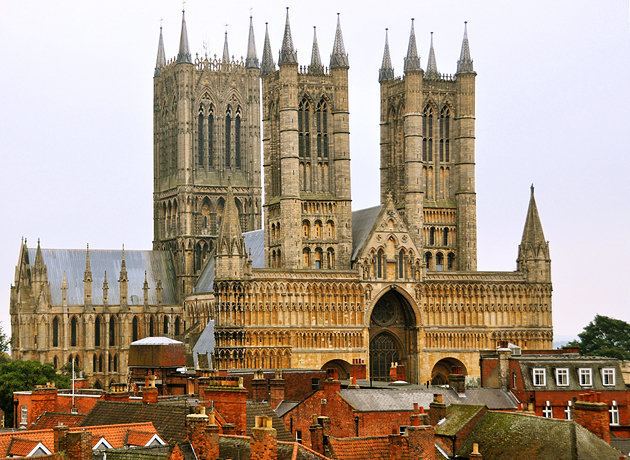
The majority of tourism in Lincolnshire relies on the coastal resorts and towns which lie to the east of the Lincolnshire Wolds. The county is home to some of the most well known seaside resorts within the United Kingdom and is a major attraction to visitors from across England, especially the East Midlands and parts of Yorkshire. There are three main coastal resorts within Lincolnshire along with a number of smaller village resorts.
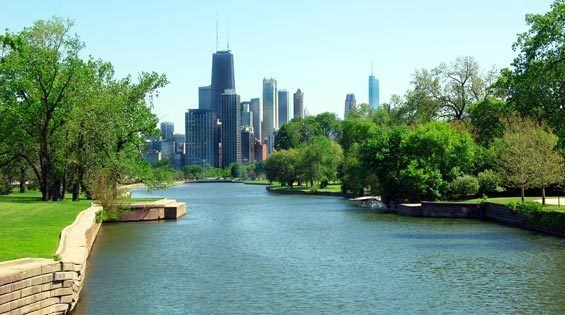
The main county seaside resort of Skegness with its famous Jolly Fisherman mascot and famous slogan "Skegness is so bracing" with its neighbouring large village coastal resorts of Ingoldmells and Chapel St. Leonards provides the biggest concatenation of resorts along the Lincolnshire Coast due to their close proximity of each other and due to the number of large caravan and holiday sites. The resorts offers many amusements, leisure activities and beaches and retail shopping and is home to Butlins Skegness, Fantasy Island, Church Farm Museum, Natureland Seal Sanctuary, Skegness Stadium, Skegness Pier and several well-known local golf courses as well as good road, bus and rail links to the rest of the county.
The second largest concatenation of resorts along the coast is the small seaside town of Mablethorpe, famous for its golden sands and its neighbouring village resorts of Trusthorpe and Sutton-on-Sea, these areas also offer leisure activities and is also home to large caravan and holiday sites although the area is less developed with fewer amusement arcades and nightclubs and poorer road links to the rest of the county although the area offers a more traditional seaside setting. The rail service to these towns was axed during the Beeching era of British Railways.
The third concatenation of resorts is the seaside town of Cleethorpes and the large village resort of Humberston within North East Lincolnshire and is home to Pleasure Island Family Theme Park, Cleethorpes Coast Light Railway and Cleethorpes Pier along with its local golf courses and caravan and holiday sites are a major attraction to visitors from the north of the county and across the north of England. Cleethorpes is well served by road and rail being easily accessible from the M180 and the First TransPennine Express route to Manchester.
Nature is an attraction for many tourists: the south-east of the county is mainly fenland that attracts many species of birds, as do the nature reserves at Gibraltar Point, Saltfleetby and Theddlethorpe. The reserve at Donna Nook also has a native seal colony popular with nature lovers.
The market towns of the Lincolnshire Wolds, Louth, Alford, Horncastle, Caistor and Spilsby are also attractive, with several having historic links. The wolds are quite popular for cycling and walking, with regular events such as the Lincolnshire Wolds Walking Festival.
Culture
Lincolnshire is a rural area where the pace of life is generally much slower than in much of the United Kingdom. Sunday is still largely a day of rest, with only shops in Lincoln, larger market towns, and resorts and industrial towns of the North Sea coast generally remaining open. Some towns and villages in the county still observe half-day closing on Thursdays. Due to the large distances between the towns, many villages have remained very self-contained, with many still having shops, pubs, local halls and local chapels and churches, offering a variety of social activities for residents. Fishing (in the extensive river and drainage system in the fens) and shooting are popular activities. A lot of the culture in Lincoln itself is based upon its history. The Collection is an archaeological museum and art galley in Lincoln. Lincoln Cathedral also plays a large part in Lincolns culture, playing host to many events throughout the year, from concert recitals to indoor food markets.
Lincolnshires unofficial county anthem is the Lincolnshire Poacher.
A Lincolnshire tradition was that front doors were used for only three things: a new baby, a bride, and a coffin.
Food
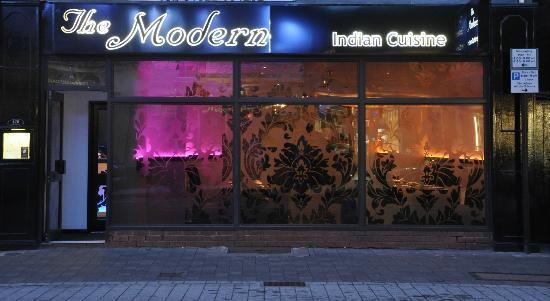
Lincolnshire has a number of local dishes:

Craft Chocalatiers can be found throughout the county, such as Hansens in Folkingham. In 2013 Redstar Chocolates Duffys Venezuela Ocumare Milk won a Gold medal as best bean-to-bar. The factory is in Cleethorpes.
